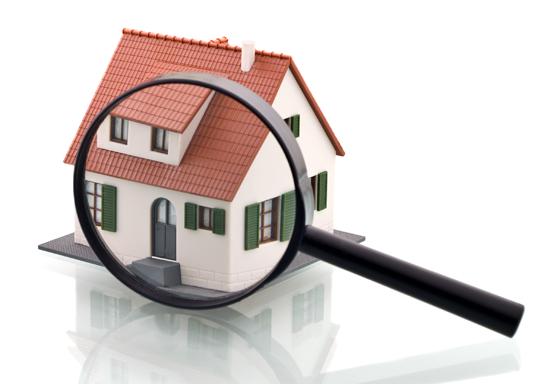Every industry has its own lingo, and that extends to the language employed by realtors. The descriptions of homes for sale or rent are written in encoded terms specific to the real estate industry. As with any foreign language, the key to understanding those who speak it is to learn the vocabulary.
The majority of homes on the MLS (Multiple Listing Service) are labelled "excellent.” Many others are called “very good,” a smaller number merely “good,” while a a few are distinguished as “mint” or “diamond.” When you look at the listings online, you may find that the accompanying photographs of some of the houses do not look as flattering as the descriptive terms. That's your first clue that there is a difference between what the word means in English and in realtor-speak.
Say you decide to check out of the houses described as "excellent." Once you arrive, you are likely to notice that the windows are the ones that were put in the house when built – about 60 years ago. The roof looks not much newer than that. The paint on the façade is faded and peeling. The advertised hard-wood floor are scratched and dull. You’ll see indications of some redecorating in the 1970’s, as evidenced by wood paneling and uninhibited application of avocado green highlighted with golden orange. The real estate agent will likely enthusiastically point out the space for a table in the kitchen while remaining silent about the ugly wallpaper and the Formica countertops that are peeling away from the corners.
No, you are not mistaken. The house is described as “excellent” because in real estate terms that is the correct rank. Think of the terms as the equivalent of stars assigned for Amazon, Yelp, or movie ratings. What is in all the rest of the universe called "poor," and rates a single star is "good" in realtor-speak. A house that has experienced a fire, requiring dousing by two fire engines for a couple of hours until it is thoroughly marred by flames, smoke, and water, may, for example, be described as “good.”
For “good +” rankings, add a half a star, but don’t set your expectations much higher. “Very Good” is the equivalent of two stars. A house with that description is what is known in layman’s terms as a “dump,” a term a real estate agent will never apply to one of her listings (in your hearing, that is). With this context, you know that that the “excellent” house is better than "good" and "very good," the equivalent of three out of five stars.
If you want something that will not have such obvious flaws -- though all houses have some flaws -- you need a house that is rated “mint.” No, that does not connote that the house is painted pale green or scented with toothpaste. “Mint” in real estate lingo translates into what you thought “very good” or “excellent” meant.
Sometimes a term like “diamond,” which connotes a slightly higher standing through its association with wealth and distinction, or, for the practical-minded “move-in condition” is substituted. Do bear in mind, though, that such terms of perfection could apply to the most hideously decorated house you could imagine, so long as the neon green paint is not peeling and the vintage shag carpeting is not threadbare.
A house could be described as “mint” even if it has not been renovated in the past 5-10 years, so long as it is updated enough not to require an immediate overhaul of the kitchen or bathroom. But don’t get your hopes up for the granite kitchen with top name appliances. Trust me, if they are they, they'd be listed in the description. As terms become overused, the agent has to find a new word to indicate a superior grade. Consequently, a house in truly new condition may be called “mint +++.”
Something else to watch out for is the use of term that doesn't quite fit the rankings. That is the word "charming." If you see a "charming colonial," listed, be prepared for something that definitely needs work. It's not necessary as bad as "good" or even "very good," but it surely does not qualify as "mint."
What about a house that has been renovated in part but not completely? Some agents solve that problem by coming up with an average rank that favors the house’s positive attributes. In my brief stint in real estate, I once showed a house that the listing agent described as “mint.” In fact, some of its features were even better than mint, extra-large master bedroom and completely redone full tile bathrooms, etc. It also had features that might have been called only “very good” to “excellent.” Half the windows clearly needed to be replaced, and the kitchen was both small and outdated. Like in math, average rankings can be misleading, as you would expect a certain consistency that in fact is not in place.
So don't worry if you find the terms confusing. It's not you; it's the lingo. Once you adjust your expectations, you should no longer feel unnerved by your encounters with realtors and should actually be able to use the services they offer to your advantage. To be forewarned is to be forearmed, and you certainly will need as many arms as possible to handle the even more daunting world of mortgages.



